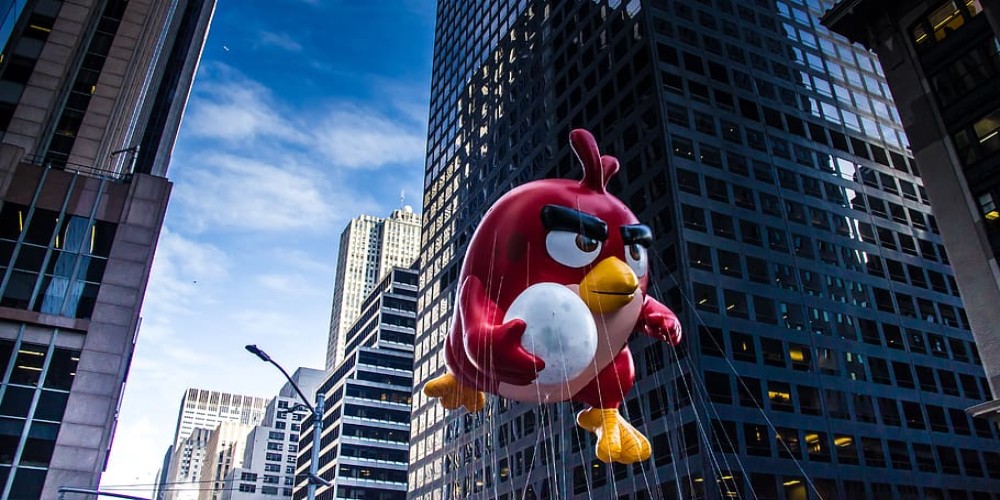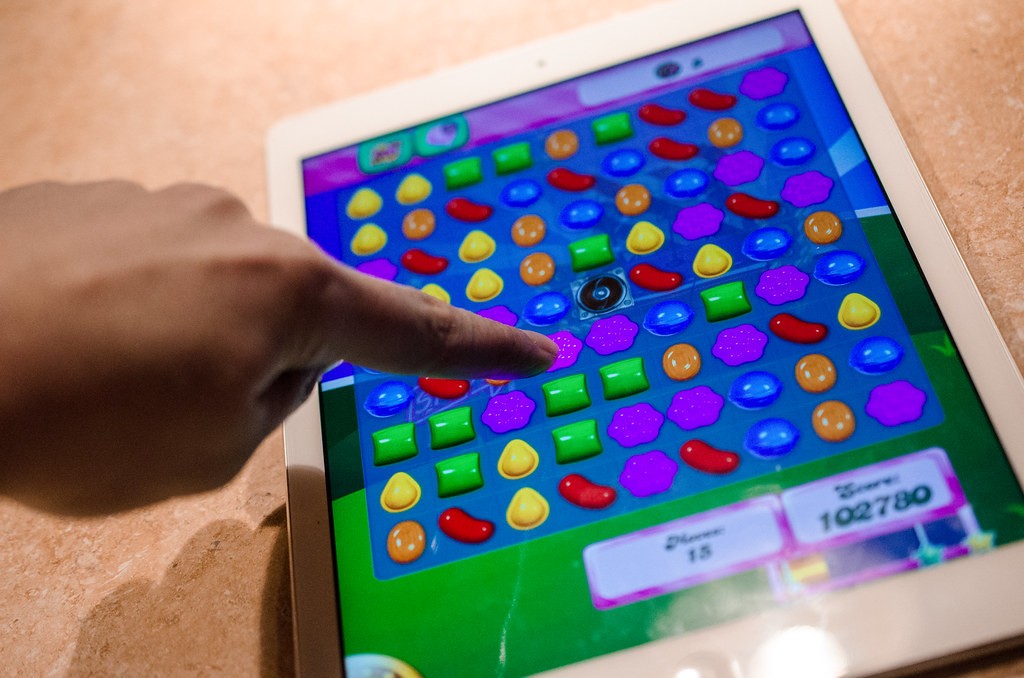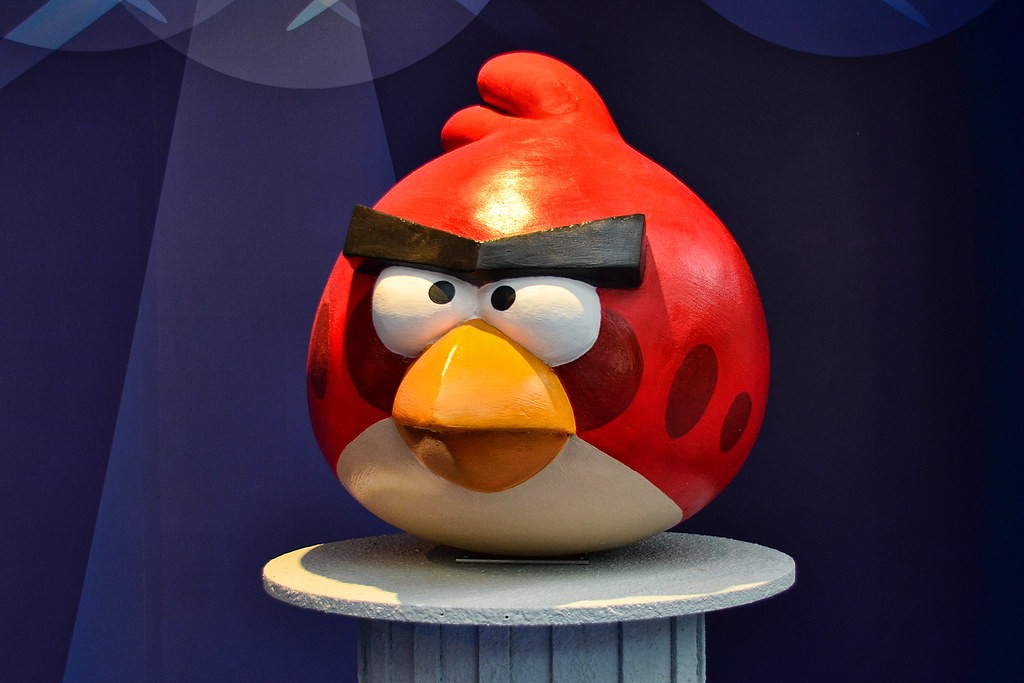
Unraveling the Phenomenal Success of Candy Crush and Angry Birds: A Deep Dive into Gaming Domination
The advent of smartphones and tablets has given rise to an entirely new dimension of entertainment - mobile gaming. Among the myriad of apps that have graced the screens of millions of devices worldwide, two games have managed to capture the hearts of casual as well as hardcore gamers - Candy Crush and Angry Birds.
These games have not just achieved astounding download figures, but also made a significant cultural impact. The success of Candy Crush and Angry Birds can be attributed to their intuitive gameplay, addictive nature, and the smart use of freemium models. This article explores the different facets that have contributed to the triumph of these two digital sensations.
Unveiling the Charms of Candy Crush

Enchanting players since its inception in 2012, Candy Crush Saga, developed by King, is a match-three puzzle game that has swept across the globe capturing the attention of gamers of all ages. Its simplistic yet captivating gameplay involves matching three or more similar candies in order to score points and progress through hundreds of levels. However, what really sets Candy Crush apart from other games in its genre is its clever implementation of psychological triggers.
The game is designed in such a way that it consistently rewards players for their progress, creating a sense of achievement. This, in turn, triggers the brain's reward system, making players come back for more. Additionally, the developers have ingeniously added social features that allow players to compete with their friends, thereby adding a layer of competitiveness and making the game more engaging.
Decoding the Rage of Angry Birds

On the other hand, Angry Birds, developed by Rovio Entertainment, is a physics-based puzzle game that became a cultural phenomenon shortly after its release in 2009. The game's premise is simple - players use a slingshot to launch birds at pigs stationed on or within various structures with the intent to destroy all the pigs on the playing field.
Despite its simplicity, Angry Birds is incredibly addictive, mainly because it strikes a perfect balance between skill and luck. The game's charm lies in its quirky characters, colorful graphics, and an increasing level of difficulty that keeps players on their toes. Moreover, the game has been successful in establishing a strong brand identity, spawning numerous sequels, spin-offs, merchandise, and even a couple of feature films.
Mastering the Freemium Model
One of the key factors contributing to the success of both Candy Crush and Angry Birds is their effective use of the freemium model. This model allows players to download and play the games for free, while offering in-app purchases that provide various advantages or enhancements. This approach not only broadens the games' user base but also generates substantial revenue.
The players’ desire to progress in the game or outperform their friends often prompts them to make these purchases. The freemium model has allowed both games to maintain their popularity over the years while continually monetizing their user base.
Conclusion: The Winning Formula
Both Candy Crush and Angry Birds have proven that a winning formula in the mobile gaming industry involves a mix of addictive gameplay, social features, and a well-executed freemium model. Their success is a testament to the fact that games don't necessarily need high-end graphics or complex storylines to be popular. At the end of the day, it's the engaging and enjoyable player experience that counts. The success of these games serves as a blueprint for other developers seeking to make their mark in this highly competitive industry.


Leave a comment
Your comment is awaiting moderation. We save your draft here
0 Comments